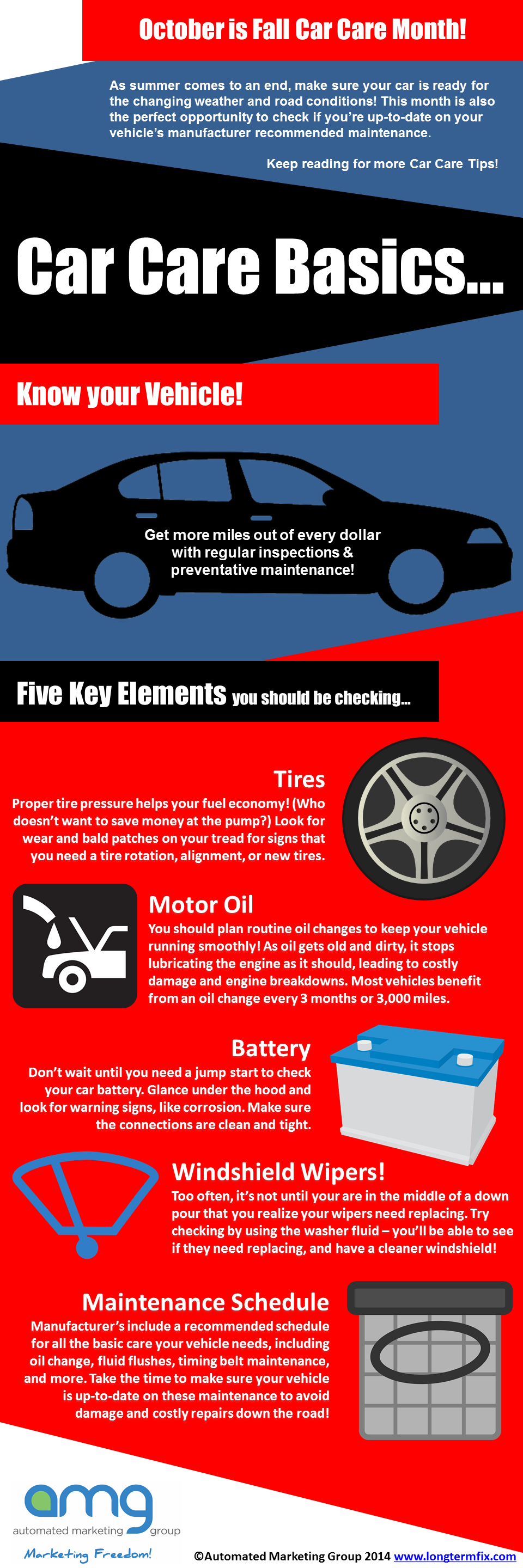Unraveling Real Meaning Behind Your Car'S Caution Lighting
Unraveling Real Meaning Behind Your Car'S Caution Lighting
Blog Article
Written By-Peck Mendoza
When you're behind the wheel, those radiant warning lights on your control panel can be a bit puzzling. Do you recognize what they're attempting to inform you about your vehicle's health and wellness? Comprehending the significance of these lights is vital for your safety and the durability of your automobile. So, the following time among those lights pops up, wouldn't you intend to analyze its message precisely and take the required actions to address it?
Common Caution Lights and Interpretations
Determine common caution lights in your automobile and comprehend their meanings to make sure risk-free driving.
https://rowanvpjdx.topbloghub.com/36519264/initiate-a-credible-cooperation-with-your-mechanic-by-utilizing-specialist-approaches-for-cultivating-a-durable-link include the check engine light, which signifies issues with the engine or emissions system. If this light begins, it's important to have your vehicle examined promptly.
The oil pressure advising light suggests low oil pressure, requiring immediate attention to avoid engine damages.
https://edwinmhcvq.blogginaway.com/30802055/irritated-with-the-difficulty-of-finding-a-reputable-auto-mechanic-gain-useful-tips-from-professionals-to-assist-you-via-the-process-and-safeguard-impressive-care-for-your-car blinking battery light may recommend a damaged charging system, possibly leaving you stranded if not addressed.
The tire pressure surveillance system (TPMS) light informs you to reduced tire pressure, impacting vehicle security and gas performance. Disregarding this might cause harmful driving conditions.
The abdominal light shows a trouble with the anti-lock stopping system, jeopardizing your capacity to stop rapidly in emergency situations.
Finally, the coolant temperature cautioning light warns of engine getting too hot, which can result in serious damage otherwise settled swiftly.
Understanding these usual caution lights will certainly help you attend to problems promptly and preserve secure driving conditions.
Relevance of Prompt Interest
Comprehending the usual warning lights in your vehicle is only the initial step; the relevance of immediately addressing these cautions can not be emphasized enough to ensure your security when traveling.
When a warning light brightens on your dashboard, it's your vehicle's way of communicating a potential concern that needs attention. Overlooking these warnings can lead to a lot more severe troubles later on, jeopardizing your safety and security and possibly costing you a lot more out of commission.
Trigger interest to cautioning lights can avoid breakdowns and mishaps. As an example, a blinking check engine light can indicate a misfire that, if left ignored, can trigger damages to the catalytic converter. Addressing this promptly can conserve you from a costly repair.
Likewise, a brake system cautioning light might signify low brake fluid or used brake pads, important parts for your safety when driving.
Do It Yourself Troubleshooting Tips
If you observe a warning light on your dashboard, there are a few do it yourself troubleshooting suggestions you can try prior to looking for specialist help.
The primary step is to consult your car's guidebook to recognize what the details warning light suggests. In complete auto repair can be as basic as a loose gas cap activating the check engine light. Tightening up https://ecuremapping49505.worldblogged.com/36118519/evaluating-the-leading-diy-automobile-repair-applications-emphasizes-consumer-responses-and-endorsements may resolve the trouble.
An additional typical concern is a low battery, which can set off various alerting lights. Checking the battery connections for rust and ensuring they're protected may fix the problem.
If a warning light persists, you can attempt resetting it by separating the cars and truck's battery for a couple of mins and afterwards reconnecting it. In addition, examining your lorry's fluid levels, such as oil, coolant, and brake liquid, can help fix cautioning lights related to these systems.
Final thought
To conclude, comprehending your auto's caution lights is essential for maintaining your vehicle running efficiently and securely. By without delay dealing with these signals and knowing what they indicate, you can stay clear of pricey fixings and possible failures.
Remember to consult your car's manual for specific details on each cautioning light and do something about it appropriately to guarantee a hassle-free driving experience.
Remain educated, remain risk-free when traveling!
